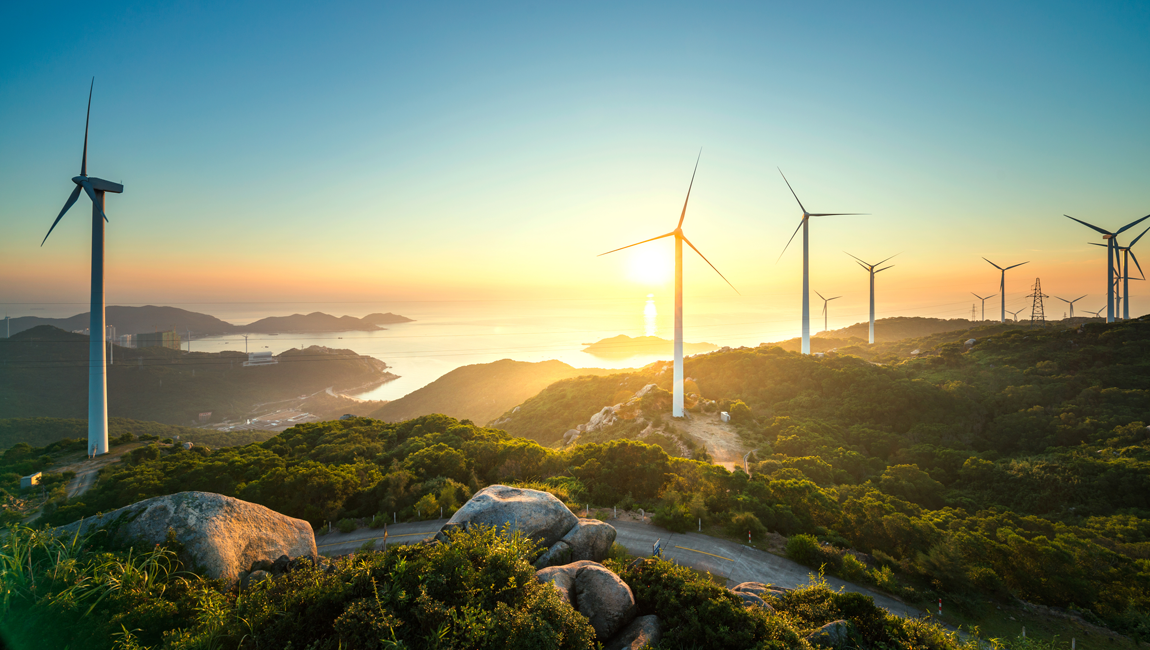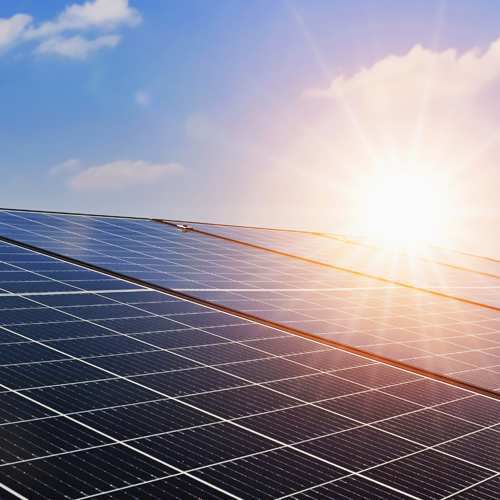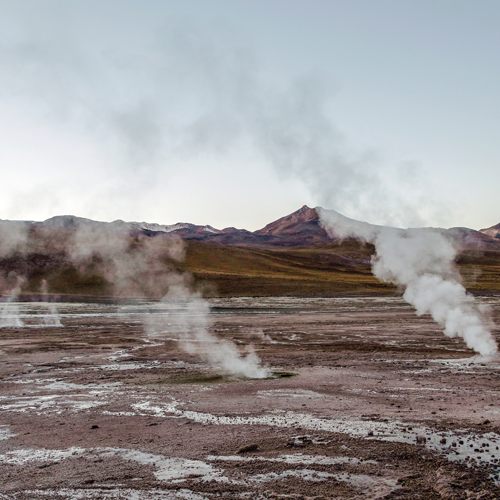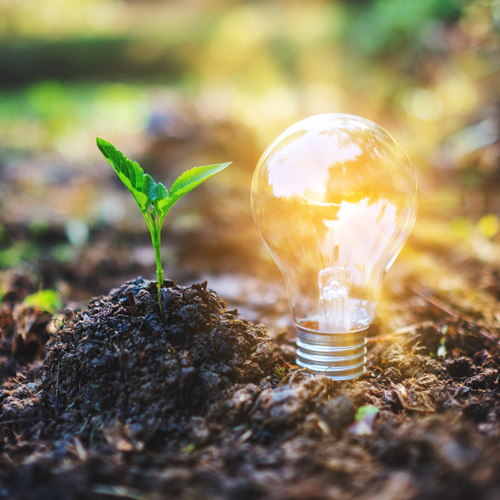Renewable energy: definition and types of clean energy

The definition of renewable energy is usable energy generated from naturally recurring processes. Renewable energy is important because in contrast to fossil fuels— “dirty” energy—its sources are consistently replenished, even as their availability is often affected by factors like weather and time. Today, an overdue energy revolution is finally underway, with renewables increasingly ousting fossil fuels, particularly in the power sector. But not all forms of renewable energy are created equal. Broadly, there are six main types of renewable and clean energy sources: solar, wind, geothermal, hydro, tidal and biomass.
Solar energy
Solar energy is one of the most versatile types of renewable energy. In fact, one report by the Paris-based International Energy Agency indicated that, with sufficient commitment on the part of governments, solar energy technologies could constitute up to one third of global energy sources by 2060. Clean energy is generated when, for example, photovoltaic cells transform sunlight to electricity via rooftop panels or larger, community-powering hubs, or when mirrors are used to concentrate solar radiation. Solar power is a viable source for any space, from small apartments to industrial-sized buildings. But it’s not just used for electricity; solar power can also be harnessed for heating and cooling.
Wind energy
Wind energy and tidal energy can both be harnessed through turbines. Understanding how wind energy is harnessed is relatively simple if one thinks of it as a “fan in reverse”—meaning, rather than using electricity to produce wind, the way a fan does, wind turbines rely on this natural, auto-replenishing resource to produce electricity. Technically wind is a sub-type of solar energy, created when three events converge. The United States Department of Energy explains these events in concise terms: “the sun unevenly hitting the atmosphere, irregularities of the earth’s surface, and the rotation of the earth.”
Tidal energy
Relative to other forms of renewable energy, tidal energy is still in its germinal stages, and depends directly on the gravitational pull of the moon and sun. Despite the fact that tidal energy is one of the less common forms of renewable energy, its advantages have been recognized for centuries; indeed, some 1,000 years ago, Europeans were already harnessing the power of water movement to run grain mills. One drawback of tidal energy is that some approaches to it, namely tidal barrages, can potentially have negative consequences on wildlife.
Hydropower
Hydropower involves converting the force of water into electricity or power for machines, and is widely implemented around the world. Pressure is key in generating this power: generally, hydropower is harnessed from a high-speed river current or from fast-descending water originating from a high point. In this latter option particularly, hydropower is not without its pitfalls; a common issue is the displacement of residents near hydropower plant construction sites, and the risks of reservoir banks destabilizing, especially during seasons of high rainfall. As a result, most “mega-dams” are generally not considered sustainable.
Biomass
Biomass is another form of renewable energy, but whether or not it can be considered such is highly dependent on the contexts in which it is used. The basic definition of biomass is organic, once-living materials—crops and plants, most commonly, but also animals and drift- or waste wood. When these materials are burned, the energy released creates heat or can be converted into electricity. Not all usages of biomass are low in carbon emissions or can reasonably be considered renewable. For example, burning biomass releases carbon monoxide, carbon dioxide and other pollutants which must be captured and recycled to prevent smog and similar issues. Additionally, if sourcing areas for biomass, such as forests or farms, are not maintained sustainably or replenished as fast as they are used, the process becomes nonrenewable. Still, while it may take several centuries for forest trees to grow back, when compared to fossil fuel timelines, the advantages of biomass are clear.
Geothermal energy
Geothermal energy is heat originating from beneath the earth’s surface and is sourced through a variety of technologies and approaches. Geothermal plants rely on steam from reservoirs beneath the earth’s surface to generate electricity. Generally, if the water and steam that geothermal plants use are pumped back into the reservoir, the plant will have low emissions. Besides being used for electricity, geothermal energy can heat water and air, and has vast potential; according to the International Renewable Energy Agency, geothermal energy is used to meet more than 90 percent of heating demand in Iceland. A major advantage of this form of renewable energy is that it is not weather-dependent.
Green, clean, and renewable energy: key differences
The term “renewable energy” is often used interchangeably with “green” and “clean” energy. Some resources—namely, wind, the best renewable energy source—fall into all three categories. But subtle distinctions exist. Green energy can broadly be defined as energy derived from natural resources, such as wind, sunlight, or water. Clean energy is energy from zero-emissions sources that do not pollute the atmosphere, and has the added benefit of lessening the risk of environmental disasters. While all green energy is clean energy, not all renewable energy is necessarily clean or green. Recall, for example, that some large hydroelectric dams may be considered “renewable” in the strictest sense, but perhaps not green or clean, due to the environmental and social harm they can cause. Energy sources are also not typically considered “green” when their implementation involves mining or drilling operations that can have similarly damaging effects on ecosystems.
The future of renewable energy
Increased focus on sustainability as a media talking point in recent years means renewable energy is often viewed as a new development. But humans have long harnessed nature to meet their daily needs; innovative technologies have simply modernized these processes. REN21, the think tank behind the annual Renewables Global Status Report, has noted that while use of renewables in the power sector is now mainstream around the world, progress in heating, cooling and transport is urgently needed for a clean energy future to become a reality.








